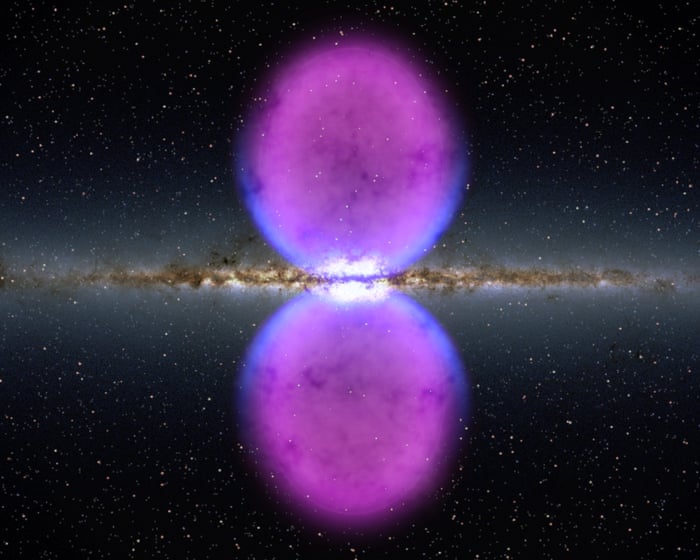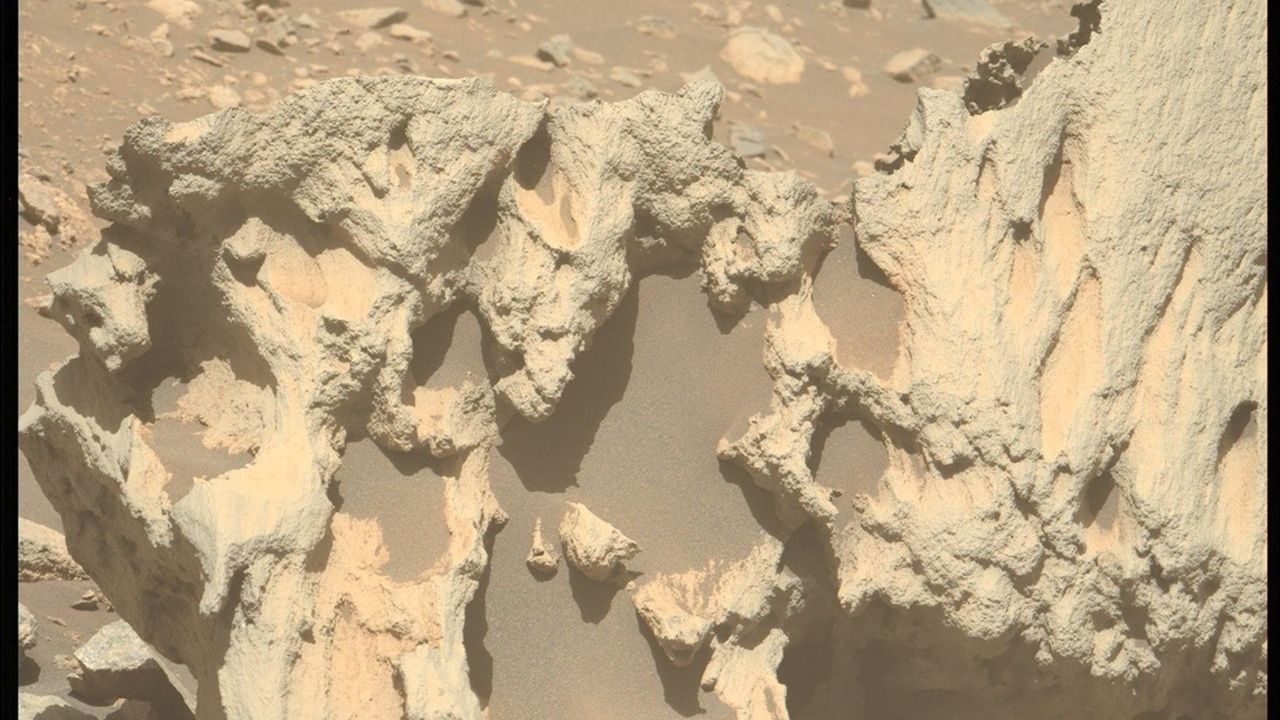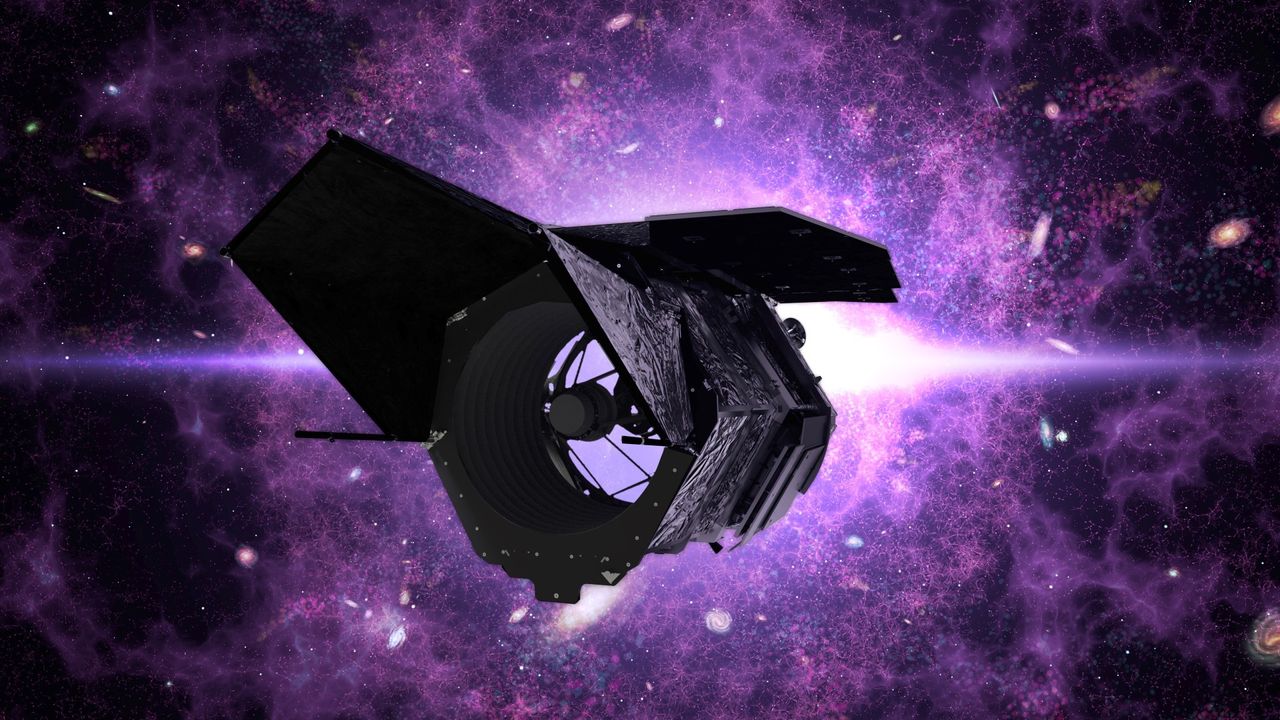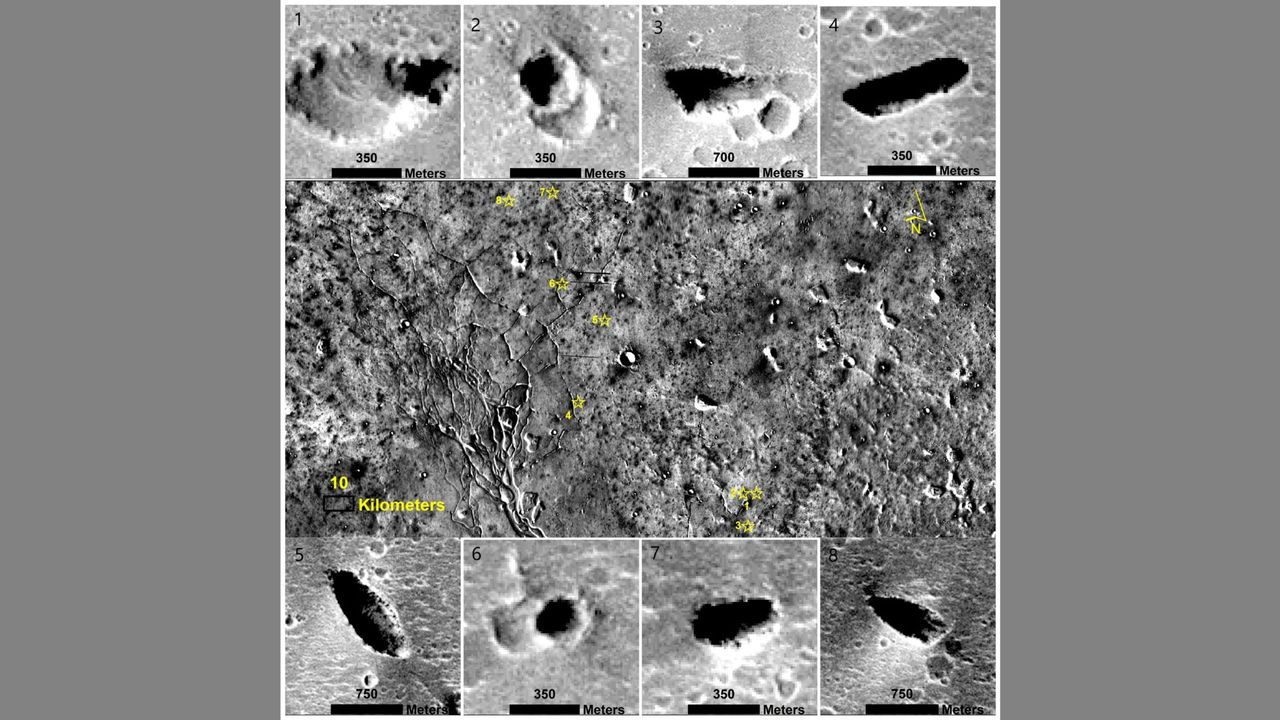Scientists may have finally 'seen' dark matter for the 1st time
PositiveScience

- Scientists have potentially observed dark matter for the first time using NASA's Fermi gamma-ray spacecraft, marking a significant milestone in understanding this elusive substance that constitutes a large portion of the universe's mass.
- This development is crucial as it could lead to a deeper understanding of dark matter's role in the cosmos, influencing theories about galaxy formation and the overall structure of the universe.
- The discovery aligns with ongoing research efforts to uncover the nature of dark matter, including recent findings of clumps within 'Einstein rings' and the use of advanced telescopes, which collectively enhance the scientific community's grasp of this fundamental cosmic component.
— via World Pulse Now AI Editorial System







